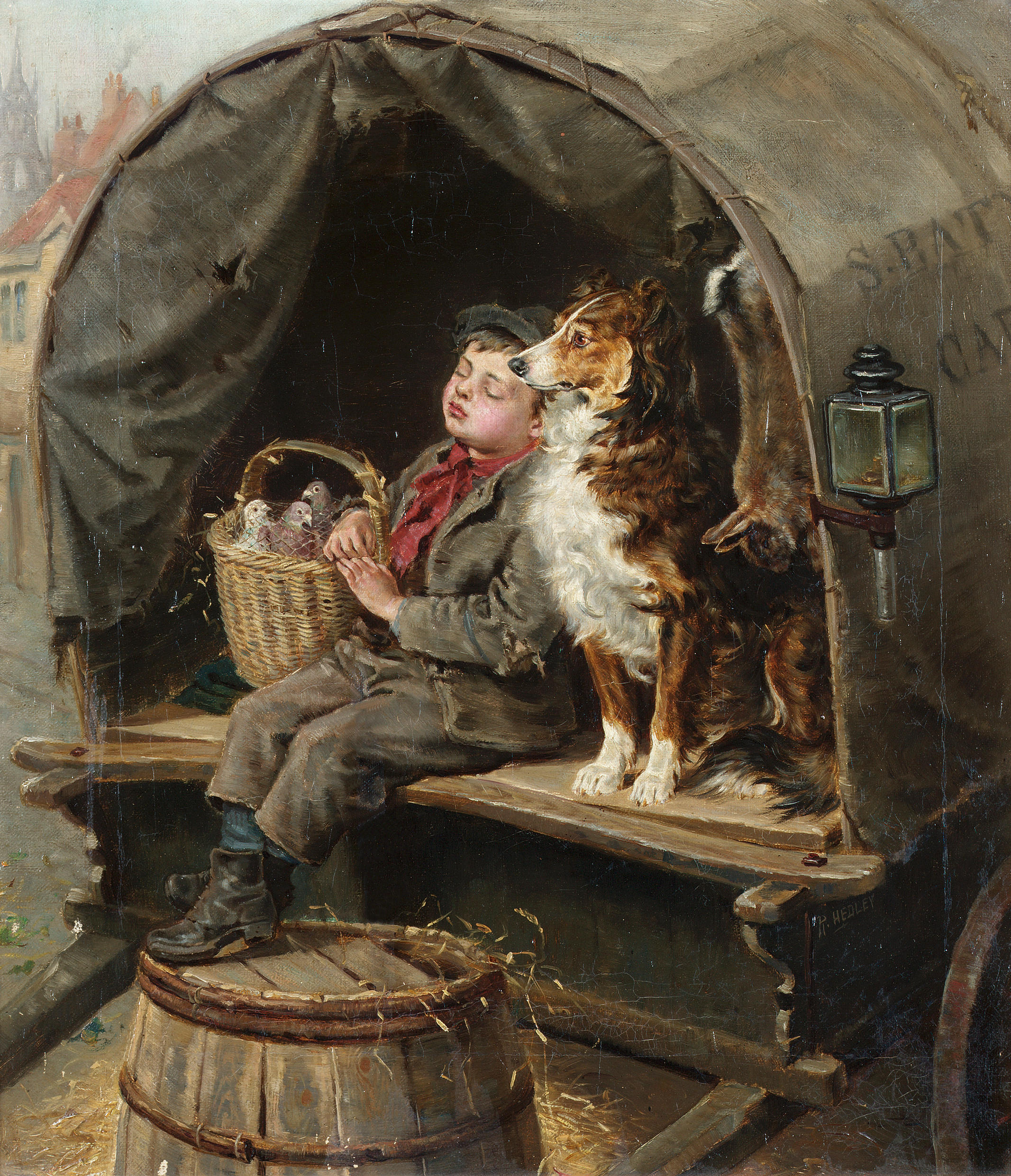The genre painter Charles Courtney Curran is best known for his canvases depicting beautiful ladies in pleasant settings.
Here, a young woman–the artist’s wife Grace Wickham Curran - arranges a bouquet of snowballs, pausing to take in their sweet fragrance.
The small scale of the painting matches the intimacy of the moment.
Her delicate features, light green shawl and blossom-like hat equate her to a flower, suggesting that she is as lovely and dainty as the blooms she savors. Curran’s choice of flower is likely a deliberate one.
At the time this work was painted, bouquets were used to convey messages, with each flower having a specific symbolic meaning.
According to the Victorian "language of flowers", the snowball symbolized thoughts of heaven, adding an air of Christian piety to this work. | © Birmingham Museum of Art
 |
| Charles Courtney Curran | Lady with a Bouquet, 1890 | Birmingham Museum of Art |











